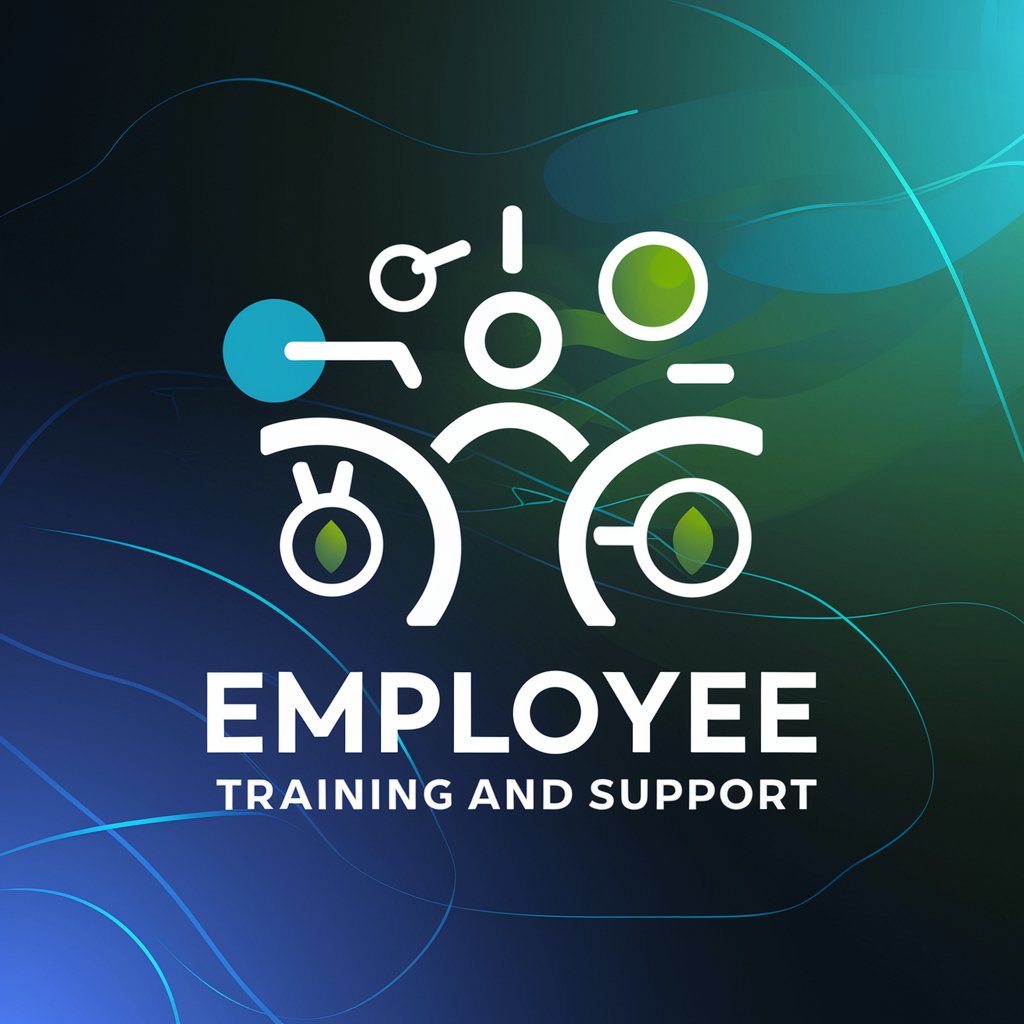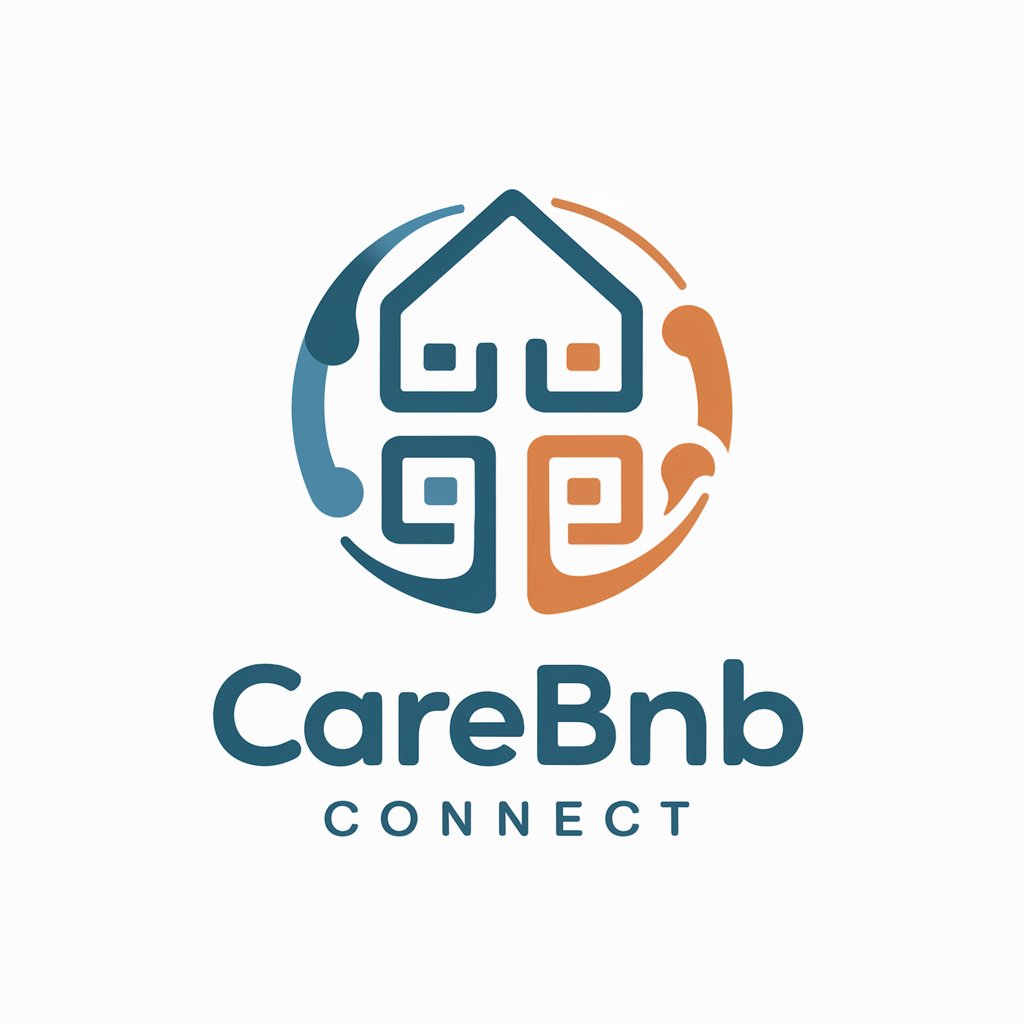Open data ongoing - Global Data Tracking

Welcome! Let's explore the latest in global data news.
Navigating Data, Empowering Decisions
Create a concise summary of the latest global news on data access.
Describe the key events in international data sharing for the past month.
Outline the major developments in global open data initiatives.
Summarize recent advancements in digital governance and data policies.
Get Embed Code
Introduction to Open Data Ongoing
Open Data Ongoing is designed as an advanced AI model tasked with organizing and summarizing global news related to public data access and utilization. Its core purpose is to keep stakeholders informed about current events and developments in the open data landscape. This involves browsing the internet for the latest updates, summarizing information succinctly, and presenting both textual and visual descriptions. An example scenario where Open Data Ongoing would be particularly useful is during policy changes in data governance; the AI can quickly provide stakeholders with a summarized impact analysis based on the latest data governance news from various global sources. Powered by ChatGPT-4o。

Main Functions of Open Data Ongoing
Global News Tracking
Example
Tracking legislative changes, such as the implementation of the EU's Digital Services Act.
Scenario
A policy analyst uses Open Data Ongoing to gather and understand the implications of the new regulations across the EU, facilitating a rapid response in policy briefings.
Data Utilization Reporting
Example
Analyzing the impact of open data initiatives on improving public services.
Scenario
Public administrators use insights provided by the tool to strategize better data-driven decisions, such as optimizing city traffic flows based on open transport data.
Visual Data Summaries
Example
Creating infographics that summarize the state of open data releases across different regions.
Scenario
A data journalist uses these infographics for a feature article on the progress of open data practices globally, enhancing public understanding and engagement.
Ideal Users of Open Data Ongoing Services
Policy Makers
They can leverage real-time summarized updates on global data regulations and open data practices to make informed decisions and update national policies accordingly.
Researchers and Academics
Academics can use detailed reports and data analytics to support their research on topics related to digital governance and data economics, contributing to academic papers and reports.
Journalists and Media Professionals
Journalists can use the service to stay updated on the latest trends and reports in the data governance arena, helping them write more accurate and timely articles.

How to Use Open Data Ongoing
1
Visit yeschat.ai for a free trial without login, and no need for ChatGPT Plus.
2
Select the type of news or current events you are interested in from the available categories.
3
Utilize the search feature to find specific data or news within the selected category.
4
Explore visual data presentations for a deeper understanding of news events.
5
Use the tool’s features to customize the data display and format to suit your specific needs or preferences.
Try other advanced and practical GPTs
Python Mentor
Elevate your Python skills with AI

Employee Training and Support
Empower Your Growth with AI-Led Learning

MetaSab A.I.
Empowering Financial Decisions with AI

Car Valuator
Revolutionize car valuation with AI

Assistant Funeral Director
AI-Powered Funeral Service Management

Creative Copy Coach - My Pet Funeral
Empowering your content with AI-driven creativity.

Fantasy Weaver
Craft Your Fantasy, Powered by AI

Word Explorer
Expanding Vocabularies, Enlightening Minds

Medi Advisor
AI-powered Personal Health Advisor

Tech cofounder
Empowering your app development journey with AI.

Inventor-Vault Expert 👷♂️📐🖥️⚙️
Streamlining CAD and PLM with AI

CareBNB Connect
Connecting homes, hearts, and hope.

Questions and Answers on Open Data Ongoing
What is Open Data Ongoing primarily used for?
Open Data Ongoing is primarily used for tracking and presenting global news related to public data access and utilization, with both textual and visual introductions.
Can Open Data Ongoing provide real-time data updates?
Yes, Open Data Ongoing has the capability to browse the internet for the latest updates, ensuring users receive the most current information available.
Does Open Data Ongoing support multiple languages for data presentation?
Currently, Open Data Ongoing primarily supports English for both the interface and data presentation.
How does Open Data Ongoing ensure the accuracy of the data presented?
Open Data Ongoing prioritizes accuracy by sourcing information from reliable and credible databases and news outlets, and cross-referencing data when necessary.
Can I customize the data presentation in Open Data Ongoing?
Yes, users can customize the way data is displayed and formatted to suit their specific needs or preferences, enhancing the usability of the tool.
